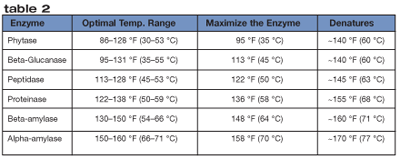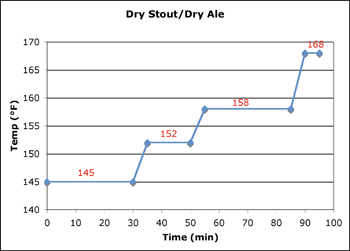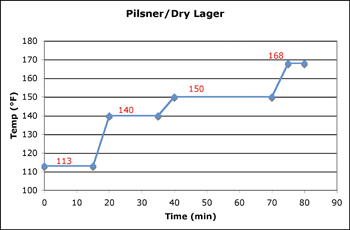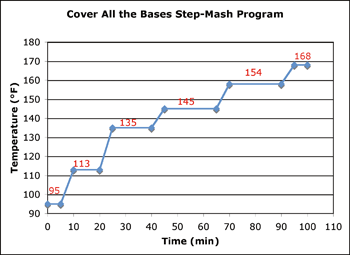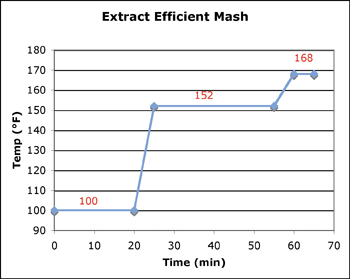I finally brewed it on saturday.
In the end I decided to cut down in half the amount of aromatic malt, so I did:
50% unmalted wheat (flaked)
42.5% pilsner
5% rolled oats
2.5% aromatic malt
I increased the amount of sparge water from my last brew so the thickness of the mash (before sparge) or liquor-to-grist-ratio was a little over 4 (volume of strike water (L)/grain weight (kg)), which is just the top of the recommended ratio (2-4).
https://byo.com/article/managing-mash-thickness/
The idea was to increase the amount of sparge water to wash totally the grain and I think I got it (see efficiency below) but I hope I didn't take more not-fermentable sugars or tannings...
Next time I'll adjust this this liquour-to-grist-ratio to just under 4, just in case.
I measured the PH with my totally unrealiable ph strips and I had around 5.6-5.7 so I added 1.5ml more of lactic acid and I'm not sure if I saw any change in the color of the strip but... whatever. I let it be. I trust more the calculations than those strips. Maybe I should borrow a PH meter to check them... anyone close to north sydney / mosman? jejeje
The only thing is, I must have counted wrong the amount of water because I had 1L more than I calculated!
Apart from that, everything went pretty smooth step by step. I managed to cool it down from boiling temp to 24º in ~40' and then I moved it to the fermenter, shaked it to areate for 3' or so, put it into the fermentation fridge until it was at 20ºC and pitched the yeast then.
In the end I got just over 1050 FG, 2 points more than expected. The sample was really really turbid/muddy. With my APA it was similar so I took a bigger sample, let it settle down (decant) , I repeated the hydrometer test only with the "clear" part and I got 2 points less, so I guess if we do the cross multiplication here, the FG 1050 would be 1048 in reality, which gives me an astonishing (for me) 80% efficiency!! Would it be the ceiling/maximum of the BIAB technique? Is not that I'm obsessed with efficiency, it's just a number, but it's also the inidication that I'm doing things better...
- OFFTOPIC -
I'm reading:
"How to Brew. Everything you need to know to brew great beer every time" (John J. Palmer, 4th edition)
And it's really really good. so far I've only read the extract brewing part and I've learnt some stuff I can use, let's see what I learn when I read the real deal (all grain)

